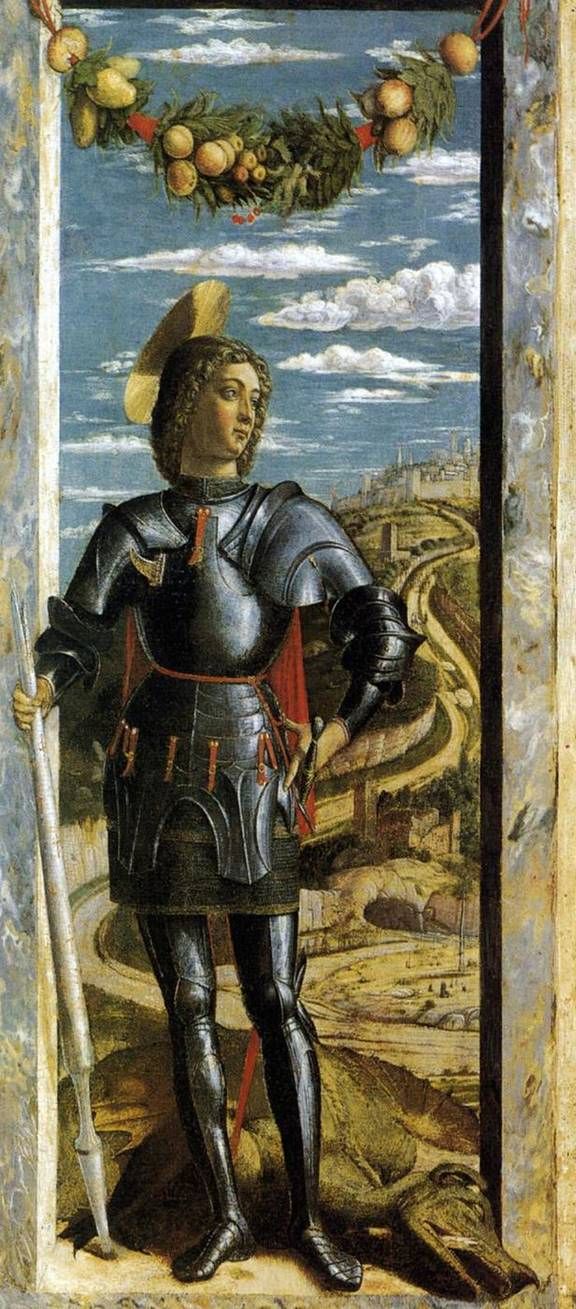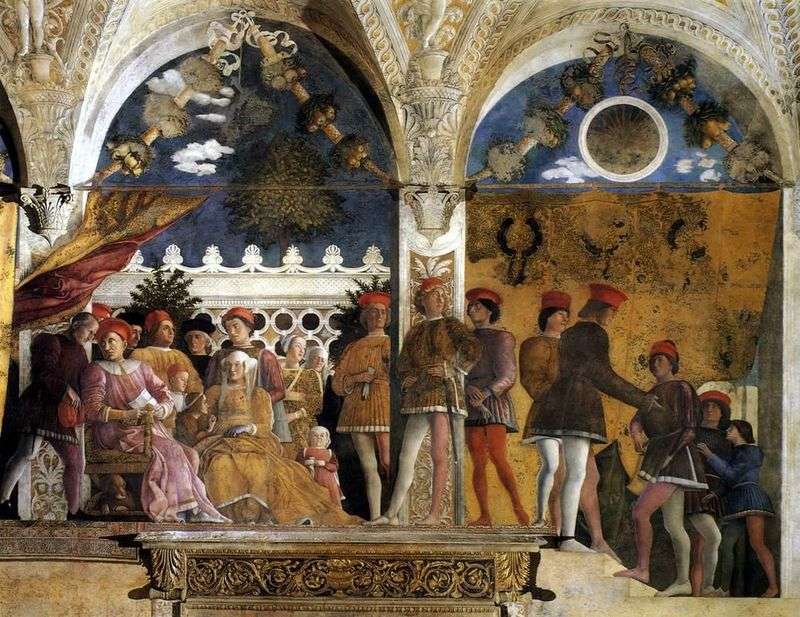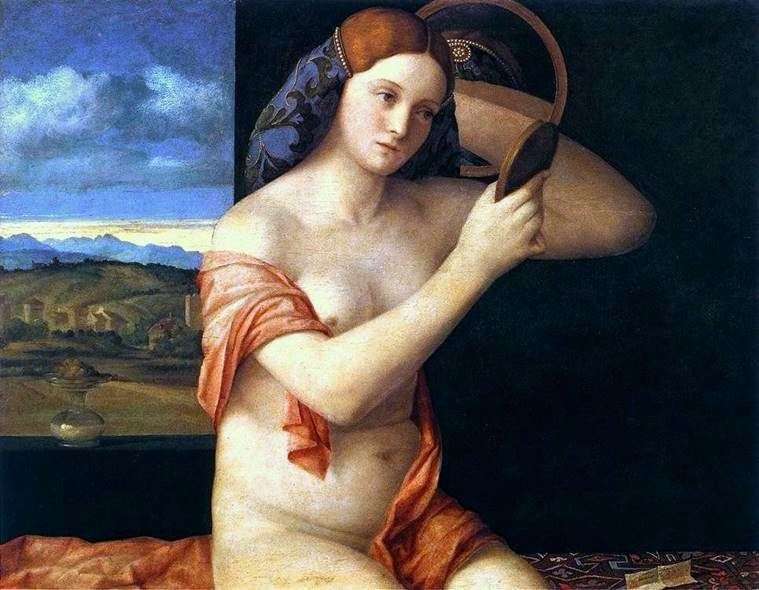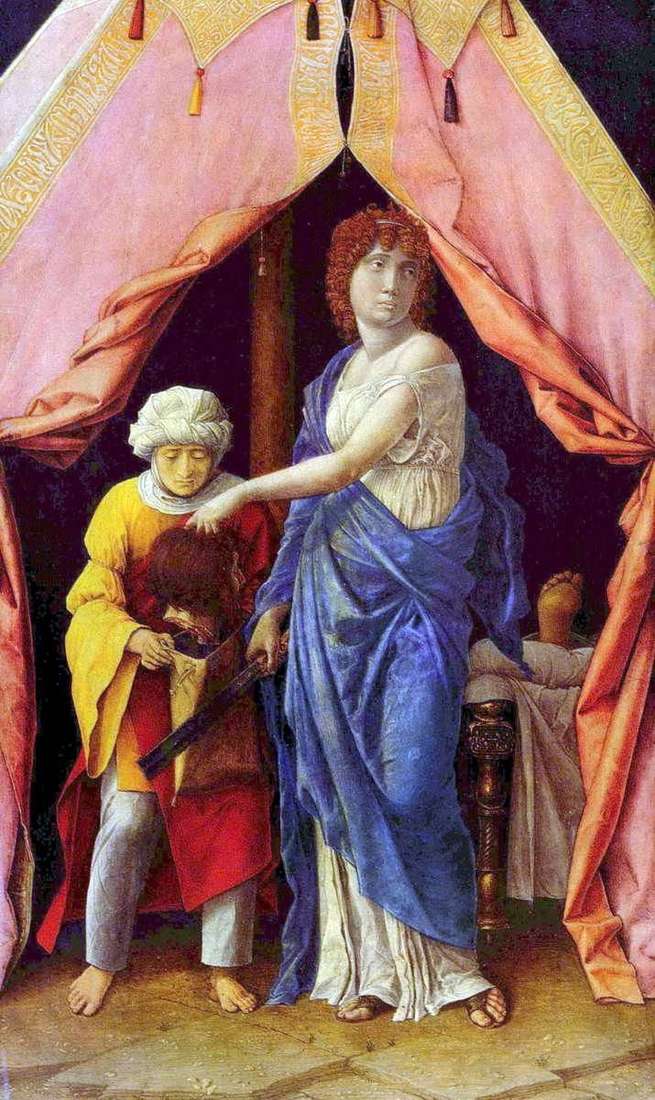
Andrea Mantegna was part of the family of the Venetian painters Bellini; he was married to Nicolozia, the daughter of Jacopo and sister Gentile and Giovanni.
In fame and skill, the artist quite caught up with his famous relatives. Moreover, it is called among those who decisively influenced the Venetian painting of the end of the XV century. Mantegna was born in Isola di Carturo on Terrafarm, in the Veneto region.
Fascinated by the explorations of humanists, who were dropping into his stepfather’s antique shop in Padua, he was proud of the glorious past of his land. The artist was not even thirty years old when he created a masterpiece – an altar in the church of San Zeno in Verona, which widely glorified his name.
The master worked successfully in Padua, was the court painter of the Mantuan rulers of Gonzaga. Contemporaries admired his technical perfection, “magnificent drawing”, and especially the ability to transfer the most complex angles, using the laws of geometric perspective.
The effect of a simple composition with St. George is built on the contrast of the distant plan, which lasts due to the bend of the road, and the courageous figure of the young warrior in armor, literally protruding from the frame to the spectator and towering above the fallen monster. There is an assumption that “St. George” represents one of the wings of the now-lost polyptych.
 San Jorge – Andrea Mantegna
San Jorge – Andrea Mantegna Saint-Georges – Andrea Mantegna
Saint-Georges – Andrea Mantegna Judith and Holofernes by Andrea Mantegna
Judith and Holofernes by Andrea Mantegna Camera degli Spozi by Andrea Mantegna
Camera degli Spozi by Andrea Mantegna Saint Sebastien by Andrea Mantegna
Saint Sebastien by Andrea Mantegna Young woman behind the toilet by Giovanni Bellini
Young woman behind the toilet by Giovanni Bellini Judith y Holofernes – Andrea Mantegna
Judith y Holofernes – Andrea Mantegna Prayer of the Chalice by Andrea Mantegna
Prayer of the Chalice by Andrea Mantegna